Joints Movements and Classifications of Joints
1/28
Earn XP
Description and Tags
Identify joint movements; functional and structural classification of joints
Name | Mastery | Learn | Test | Matching | Spaced |
|---|
No study sessions yet.
29 Terms

Gliding
move back and forth; side to side
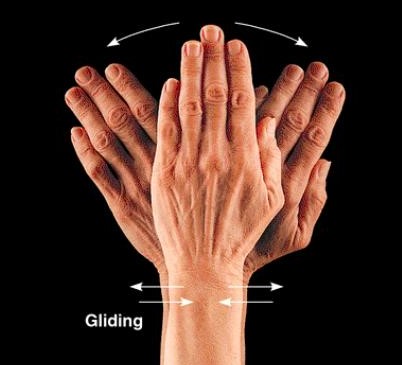
Flexion
decrease in angle


Extension
increase in angle
Abduction
moving bone away from the midline
Adduction
moving bone toward midline
Circumduction
moving in a circle

Rotation
movement of bone around its own longitudinal axis

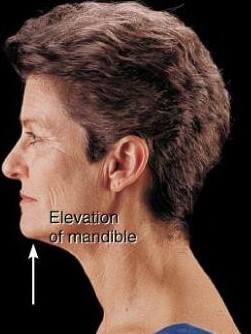
Elevation
upward motion
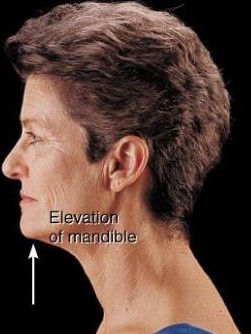
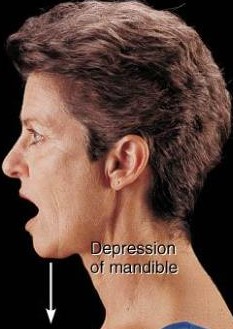
Depression
downward motion
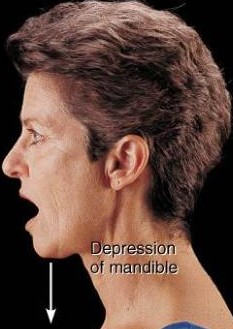
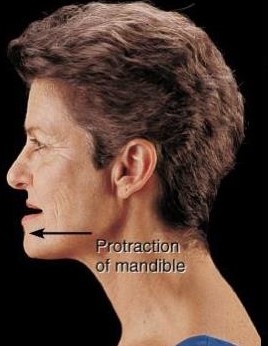
Protraction
anterior movement
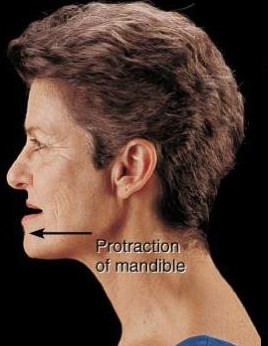
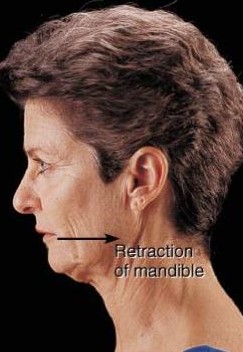
Retraction
moving back from protracted position
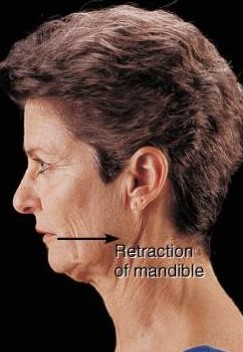
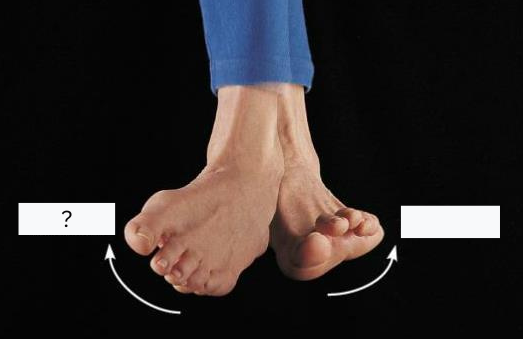
Inversion
move soles of feet medially
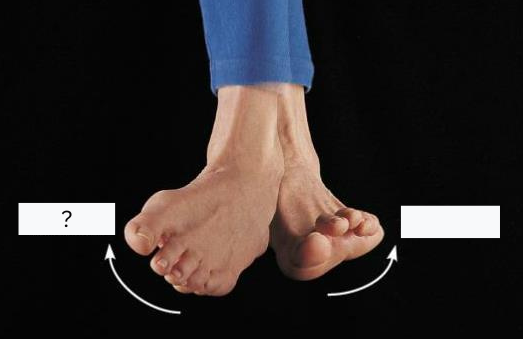
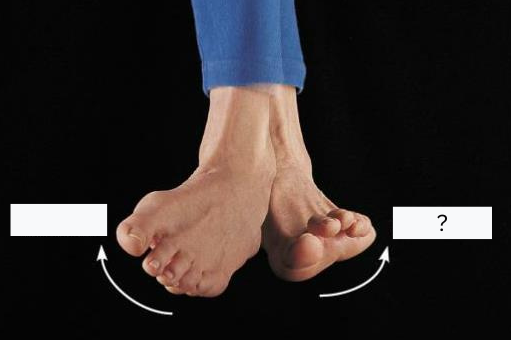
Eversion
move soles of feet laterally

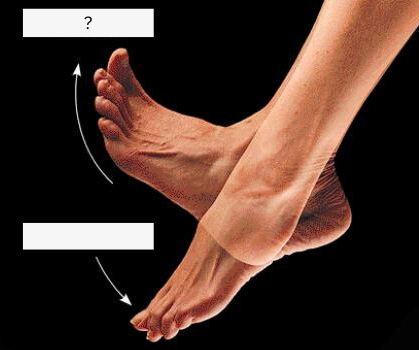
Dorsiflexion
move dorsum of foot toward tibia

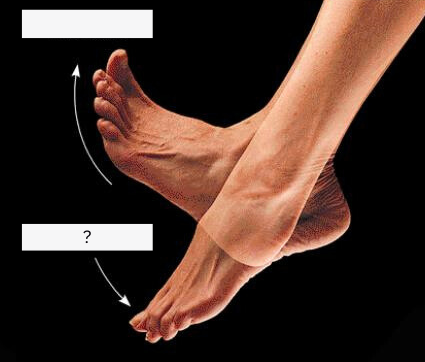
Plantar flexion
move sole of foot to “point the toe”
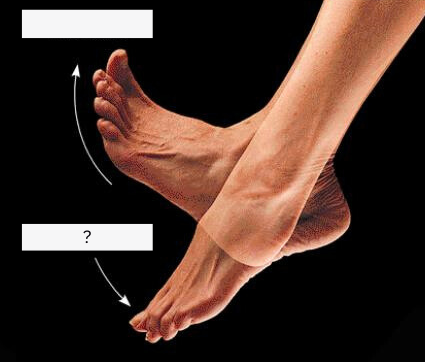

Supination
turning palm anteriorly or superiorly

Pronation
turning palm posteriorly or inferiorly

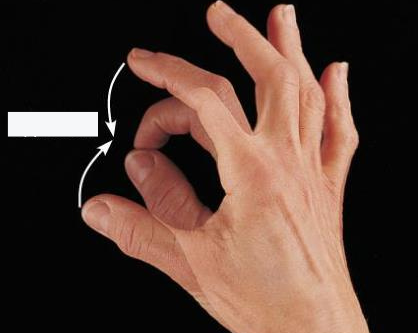
Opposition
move thumb toward fingerprints
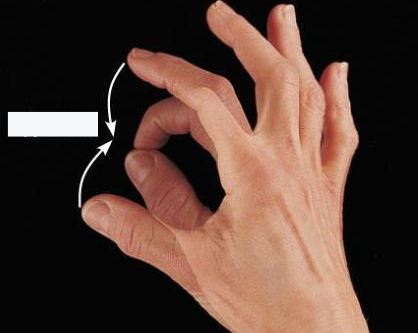

Gliding or Plane
gliding movement; nonaxial
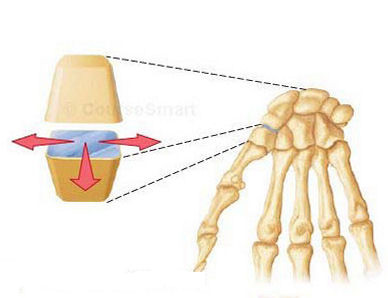
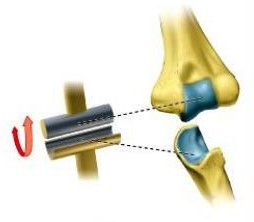
Hinge
flexion and extension; monaxial (a single axis)

Pivot
rotation; monaxial (a single axis)
Condyloid
abduction, adduction, flexion extension, circumduction; biaxial


Saddle
abduction, adduction, flexion, extension, circumduction; biaxial
Ball and Socket
abduction, adduction, flexion, extension, circumduction, rotation; triaxial
Fibrous joint
fibrous CT holds bone together

Cartilaginous joint
cartilage holds bone together

Synovial joint
articular capsule and ligaments hold bones together
What are the structural classification of joints?
fibrous, cartilaginous, and synovial joint
What are the functional classification of joints?
synarthroses (immovable), amphiarthroses (partially movable), and diarthroses (freely movable)